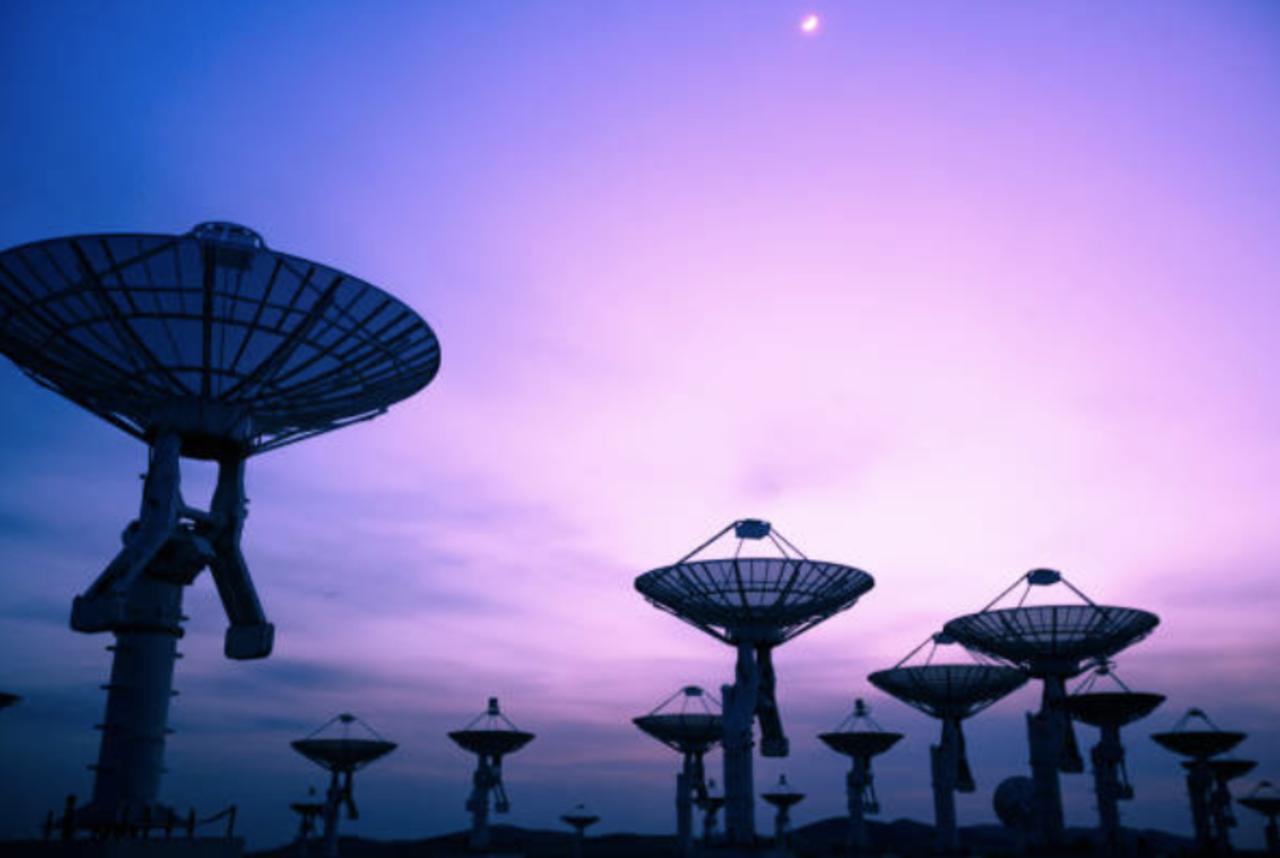Repeating Fast Radio Burst Detected From Far Away Dwarf Galaxy

Repeating Fast Radio Burst Detected From Far Away Dwarf Galaxy
Repeating Fast Radio Burst , Detected From Far Away , Dwarf Galaxy.
The fast radio bursts (FRBs) were detected in 2019 and described in a paper published in the journal 'Nature' on June 8.
Researchers were able to trace the waves to their origin in a dwarf galaxy 3 billion light-years away.
But what caused the 2019 pulsating FRBs remains a mystery, similarly to the mysterious origins of FRBs detected in 2016.
Now we actually need to explain this double mystery and why FRBs and persistent radio sources are found together sometimes, Casey Law, California Institute of Technology, via CNN.
Because less than five percent of detected radio bursts repeat, researchers say that the 2019 bursts pose several questions.
Are those that repeat different from those that don’t?
What about the persistent radio emission – is that common?, Kshitij Aggarwal, Doctoral Student at West Virginia University, via CNN.
Is it common when FRBs are young?
, Casey Law, California Institute of Technology, via CNN.
Or perhaps the object that makes the bursts is a massive black hole that is messily eating up a neighboring star?
, Casey Law, California Institute of Technology, via CNN.
Theorists have a lot more detail to work with now and the scope for explanation is shrinking, Casey Law, California Institute of Technology, via CNN.
Researchers say that the implications of the 2019 FRBs point to the need to reconsider the causes of these kinds of phenomenon.
For decades, astronomers thought there were basically two kinds of radio source that we could see in other galaxies: , Casey Law, California Institute of Technology, via CNN.
... accreting supermassive black holes and star formation activity, Casey Law, California Institute of Technology, via CNN.
There is a new kid in town and we should consider that when studying populations of radio sources in the universe, Casey Law, California Institute of Technology, via CNN
